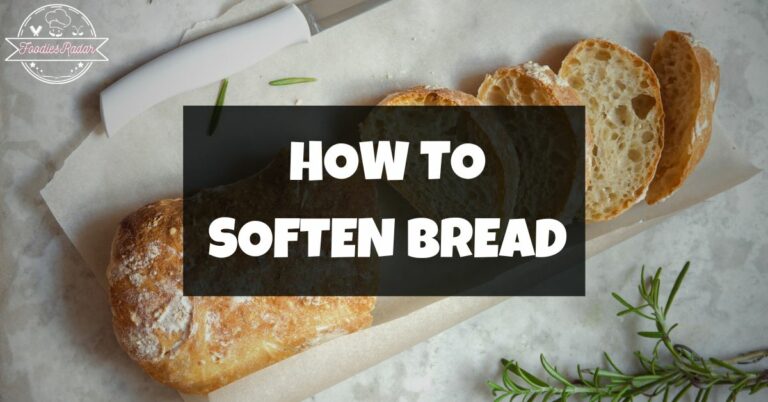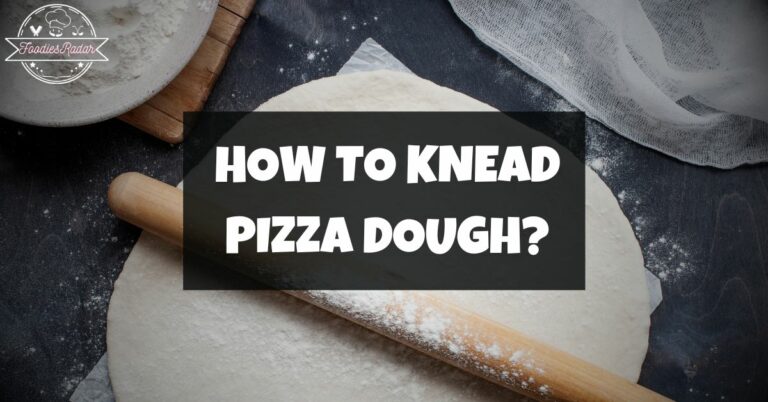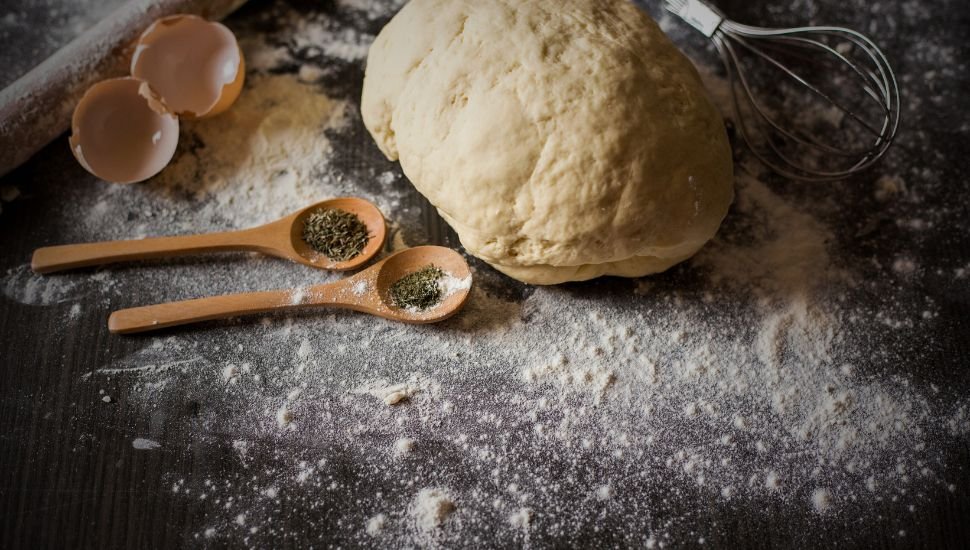
Having sticky pizza dough can surely be one of the most frustrating things ever! The moment when you want to get rid of the dough from your hand, but they keep getting even stickier is the top irritating moment.
And the fingers aren’t even the worst part; the sticky pizza dough STICKS EVERYWHERE!!! It sticks to the counters, to the box you are keeping it in, and to everything it touches.
Sometimes even after following every step carefully, our dough becomes sticky, and it can ruin the whole pizza experience because a sticky pizza dough doesn’t set or rise properly, it doesn’t shape and knead properly, and worst of all, it doesn’t make the pizza taste as it should.
But why exactly does the dough become sticky? Where do we go wrong? But don’t worry because sticky pizza dough isn’t the end of this planet, and you can fix it.
And I will tell you how to do it.
Why is your pizza dough too sticky?
As you might have already speculated, the dough becomes sticky because it has too much liquid in it compared to its flour ratio.
When the dough becomes too hydrated, it becomes sticky. An ideal dough is one that doesn’t stick to your fingers when you knead or poke it.
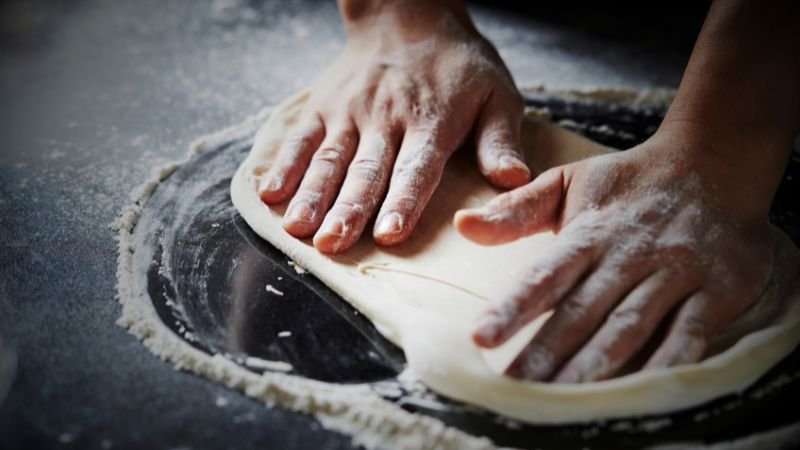
Some people like their dough to be more hydrated than others because a 60% hydrated dough makes the base lighter. However, working becomes super difficult with extra sticky dough.
Let’s take a look at what makes your pizza dough sticky
#1- Too Much Water
The top reason why your dough becomes sticky is that you have added way too much water to it. Your dough has become highly hydrated, which is bad if you don’t want a wet dough.
Dough hydration is the quantity of water compared to flour. Ideally, you should have 100:65 ratios. This means that if you take 100g of flour, you should take 65g of water. The flour should be more than the liquid to knead a firm dough.
The higher the hydration is, the stickier your dough will be; this means that the more water you add to your dough while kneading, the wetter and stickier it will be.
#2- Too Little Kneading
Another reason why the dough can become sticky is that you aren’t kneading it enough. You need to pound and knead the dough until gluten is developed, which can take up to 15-25 minutes.
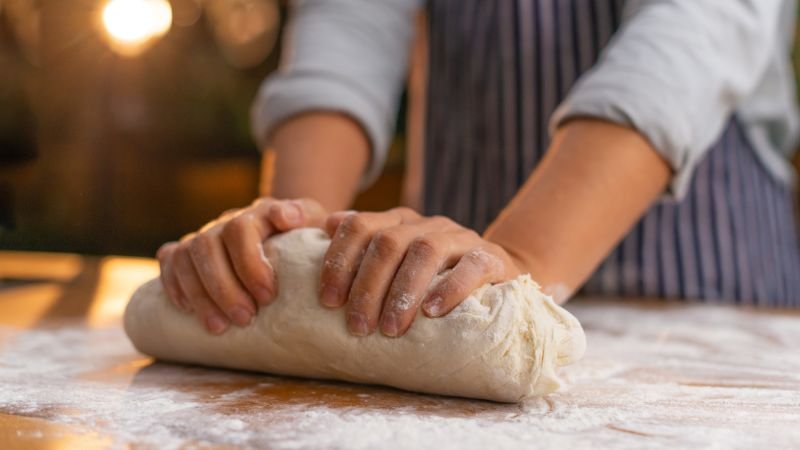
Gluten development is important for your dough, or it won’t be able to become stretchy and doughy. It will also break easily every time you try to stretch it, leaving it lifeless.
So, to avoid stickiness, it’s a good idea to knead it until it turns into something smooth and stops sticking to surfaces and your hands.
#3- Using Cold Water
Cold water is your enemy if you don’t want your dough to become sticky. It’s better to stick to room temperature or warm water if you want to end up with a beautiful dough that isn’t sticky or too brittle.
This is because cold water stops gluten from developing and can make the dough super sticky, which you don’t want.
#4- The temperature of The Dough
Don’t knead your dough in a too-hot or too-cold place or with too-hot or too-cold ingredients because the temperature of the environment and the ingredients can really affect the dough.
Use room-temperature ingredients because when you use hot or cold ones, the dough leaves the water after being kneaded.
Similarly, if you have a humid environment, you should not add more water while kneading because the dough will absorb water from the environment.
#5- Wrong Flour
This is the most disastrous factor in making your dough sticky. Most pizza recipes don’t specify which flour you should use, which can lead you to use the wrong type.

By the wrong type, I mean that you might end up using flour that has more water absorption. The quantity of water the dough can absorb can change the outcome of the dough.
Strong flour with more gluten absorbs more water, so strong flour is recommended when making pizza dough. You can check the flour packaging for strength measured by ‘W’.
Suggested readings:
- Can you reheat the pizza? Is it safe to reheat?
- How long can pizza sit out?
- How many pizzas do you need for 20 people?
- What is Brooklyn style pizza?
How do you fix pizza dough that is too sticky?
Sticky dough is LEGIT for the worse and can spoil your mood. But the good news is that you can fix it with a few simple things we can help you with.
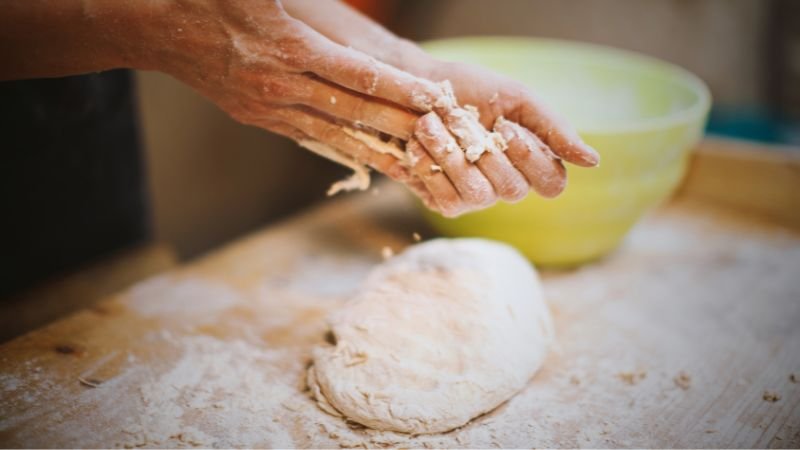
If one of the above things has happened to your dough, then you need to assess its condition and consider what you can do about it.
Let’s take a look at how you can deal with a sticky situation.
Add Flour
If you know that there is a high humidity rate in your dough, then the best solution is to add a bit of flour to it.
But don’t add too much flour at once, or the dough will become too dry. Instead, add the flour with your pinches (1-2 pinches at a time).
As you add flour, ensure that you keep kneading it so that you know whether or not you have to add more flour.
Until the dough stops sticking to your hands and the surface you are kneading it at, the dough will be ready, and the stickiness problem will be solved.
Keep Kneading
Kneading is super important for any dough; if the dough is not mixed well, it can either become cracked or too sticky. This happens because good kneading activates the gluten, which reduces the stickiness.
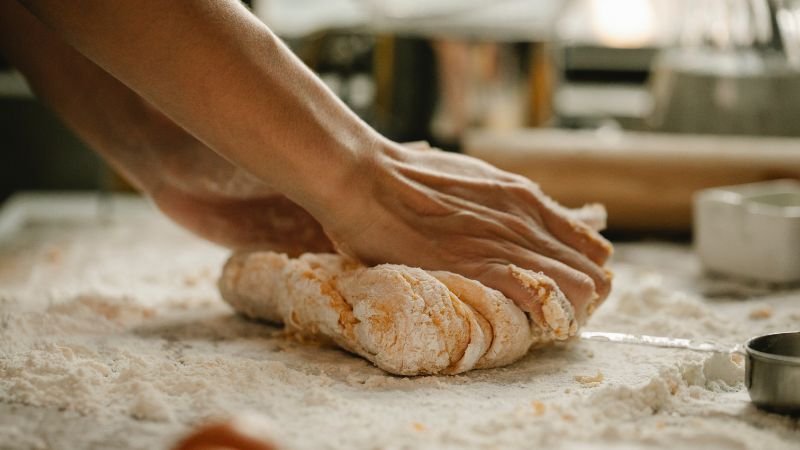
You can either knead it with your hands or put it in the mixer and turn it on low so that it gradually mixes.
So, if you want to save your dough and don’t want to add extra flour, kneading it well is a good idea. Knead it until it stops sticking to your hand and surface (it might take a few minutes to do so).
Add Warmer Water
If you are here, reading this blog, then you must already know that warm water is perfect for activating the gluten and the yeast in the dough.
But, there is something else about the warm water that you should know can help prevent stickiness in the dough.
Once the yeast and gluten are activated, they bind the ingredients together and can make a beautiful dough.
However, by no means use cold water because it can destroy your dough and your pizza (if you have used cold water, start over with making dough). If you don’t want to add warm water, add room-temperature water.
Let Gluten Develop Over Time
After you need your dough and it still feels a little sticky, you should apply a bit of oil on top of it, place it in a container, and keep it in a warm place so the gluten can develop.
Sometimes you don’t even have to apply oil as the dough (as soon as it rises) will come out of the bowl with little effort.
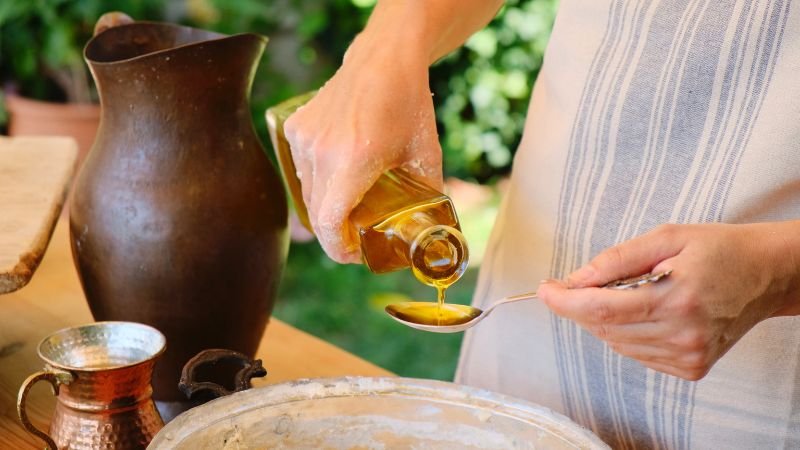
If you let the gluten develop properly, then the issue of stickiness will be solved itself, and once you take out the dough to knead it the last time, you will see the difference.
Use a bench scraper
If the dough keeps sticking here and there, you should consider using a bench scraper. You can drag the dough under it, which will slightly firm up. However, you must add a bit of flour to the kneading surface.
You can also use it to slice the dough or pizza without getting your hands messy.
Final Verdict:
There can be many reasons why your pizza dough becomes sticky (as you must have read above), but you can save it by following the information we gave you above.
You may have added too much water, didn’t knead the dough properly or used cold water while preparing your dough, but now that you know the solution, you don’t have to panic.
Stay consistent in trying to make your dough less sticky, and you will succeed sooner or later. Good luck!
FAQs (Frequently Asked Questions)
Why is my pizza dough gummy?
Gummy pizza dough can happen due to different reasons like adding too much water, not kneading enough, using cold water, not activating the yeast and gluten properly, and leaving the dough in a humid place are a few reasons.
However, we have discussed a few ways to fix the gummy/ sticky dough, which can prove useful to you.
What to do if 2 ingredient dough is too sticky?
A 2 ingredient dough only has water and flour, so if it becomes sticky, you can add more flour to it. However, add with pinches because you don’t want to add too much flour. Keep kneading, and as soon as it stops sticking to your hand, you stop adding flour because it won’t be sticky anymore.
Does kneading dough make it less sticky?
Yes, when you knead the dough more, it becomes less sticky because the gluten gradually forms binds the ingredients together, and stops it from being sticky. The more you knead, the better dough you will have at the end.



